10:06, December 17, 2023
There is always a conflict between conservation and development - and this problem becomes truly difficult for every country and nation in the process of searching and choosing solutions to achieve the set goals on the basis of ensuring harmony and sustainability.
In practice, this dispute, or more precisely the contradiction between conservation and development, is easily identified through tourism activities that use heritage and natural landscapes as resources/materials to exploit and seek profits. Therefore, it is no coincidence that the United Nations Educational, Scientific and Cultural Organization (UNESCO) always considers the content of "Solidarity for heritage" as one of the important and urgent contents for all countries and ethnic groups in the process of development and integration. In which, the tourism industry is considered one of the subjects that need to be given top priority in the cause of preserving cultural and natural heritages around the world.
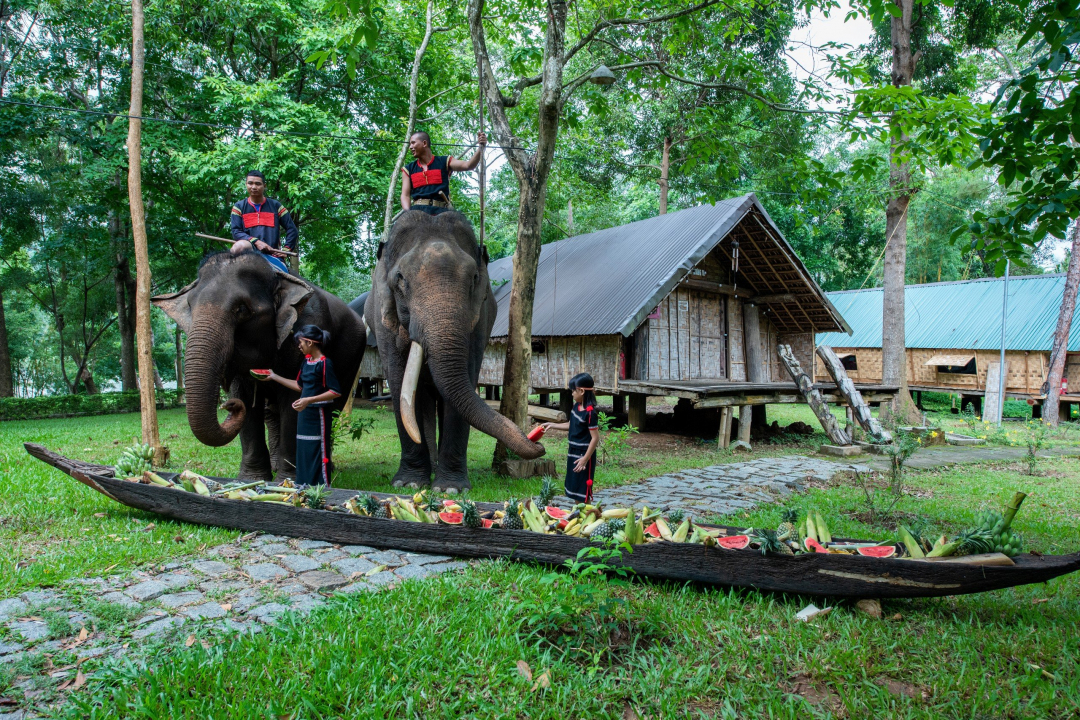 |
| Illustration: Huu Hung |
Tourism is considered a "smokeless industry", an "economic sector of the future" and it is truly playing the role of a spearhead economic sector, bringing in huge income for every country. Therefore, every country puts tourism in one of the priorities for socio-economic development. However, for nearly two decades, not only UNESCO but also at international forums in general, many countries have warned about the negative impacts of this important economic sector on life in general, especially on objects that need to be preserved sustainably - that is, the cultural heritage and natural resources of countries. In addition to the economic benefits brought by tourism, the situation of massive tourism development, lack of direction in development strategy; Pursuing growth and profit targets as a purely economic sector has made tourism in general a “tangible threat” to the cause of preserving the integrity of cultural values (including heritage and natural landscapes). There have been many examples of the negative impacts of tourism on cultural environments and natural landscapes.
In Asia, UNESCO has mentioned the lesson of indigenous culture in Bali (Indonesia) which has almost disappeared due to the unconsidered tourism development over the past few decades. The Thai government is also having a headache in choosing between the goal of cultural preservation and the goal of economic development for the ancient capital of Authaia - a famous world cultural heritage in the context of tourism "rising" and changing the fundamental values recognized and protected under the UNESCO Convention for the Protection of World Cultural and Natural Heritage. In the Federal Republic of Germany, the Elbe River Valley is famous for its many magnificent palaces, but due to the need for socio-economic development, they were forced to withdraw from the list of World Cultural Heritage. In Vietnam, the World Natural Heritage Ha Long Bay has been at risk of going beyond the control of the criteria/standards of the Convention more than once, due to the rapid development of economic and tourism projects, seriously changing the landscape and environment. Most recently, an urban construction project affecting the landscape of the buffer zone of Ha Long Bay has also caused a stir in public opinion, and the authorities are currently taking action to resolve the issue.
Through the above "incidents", it can be seen that tourism today has become a very special field of activity, synthesizing many types of services and many economic components linked within a country and internationally. This is also a very special field that requires the participation of not only units and businesses doing tourism but also the entire population involved in this activity for the cause of preserving cultural and natural heritage in each country and around the world. Therefore, in the message sent to the International Ministerial Conference on Tourism and Culture organized by UNESCO in coordination with the World Tourism Association at the end of 2022 in Siem Reap - Cambodia, UNESCO Director-General Audrey Azoulay shared: Today, every tourism organization, every tourist needs to become a guardian of the world's cultural and natural heritage - and must become an ambassador of dialogue between cultures. This is the reason why it is necessary to put the conservation of cultural and natural heritage at the highest priority, only then can we build a truly harmonious and sustainable tourism.
Dinh Doi
Source





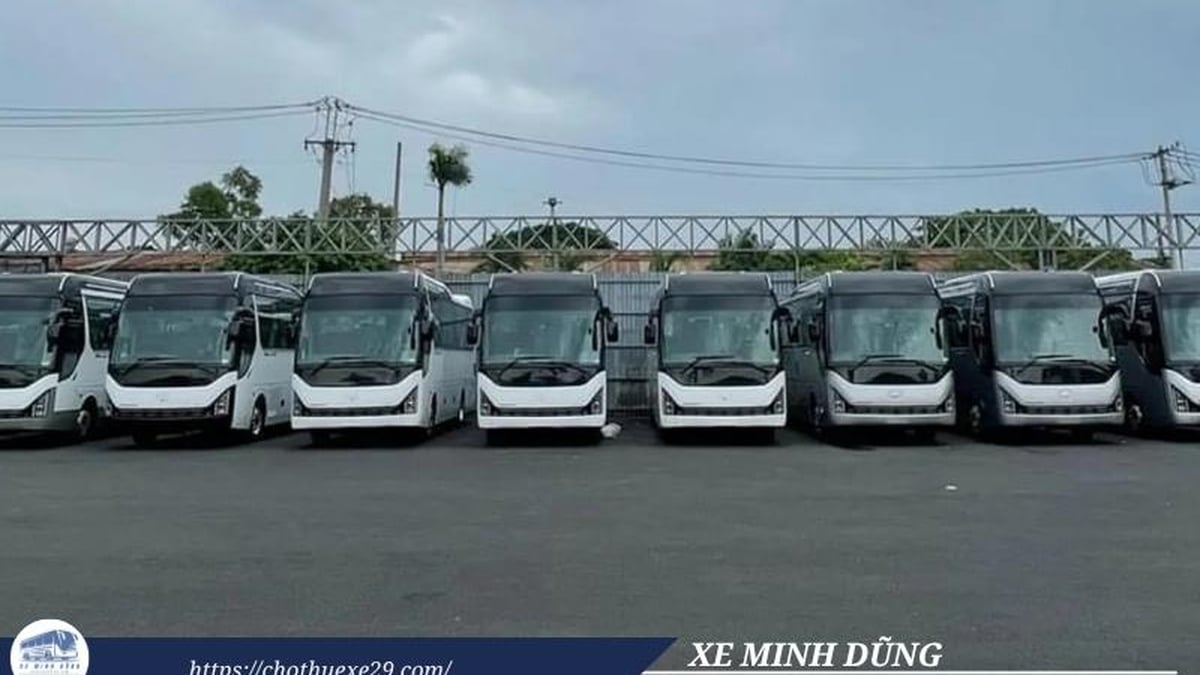
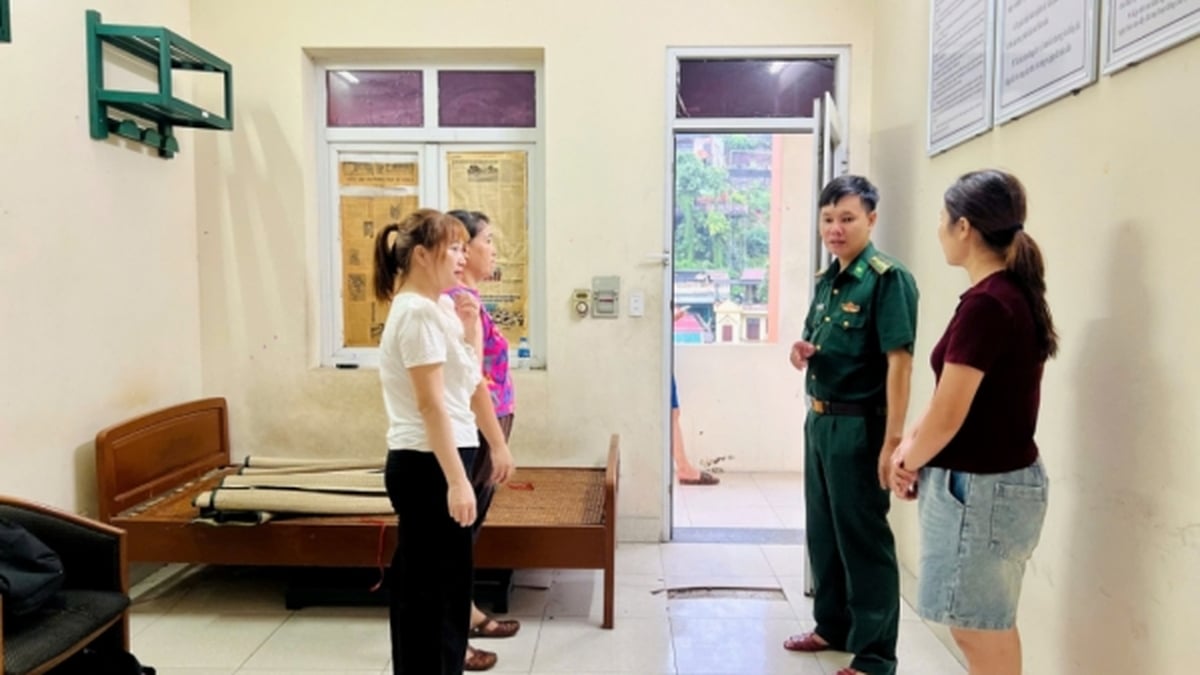

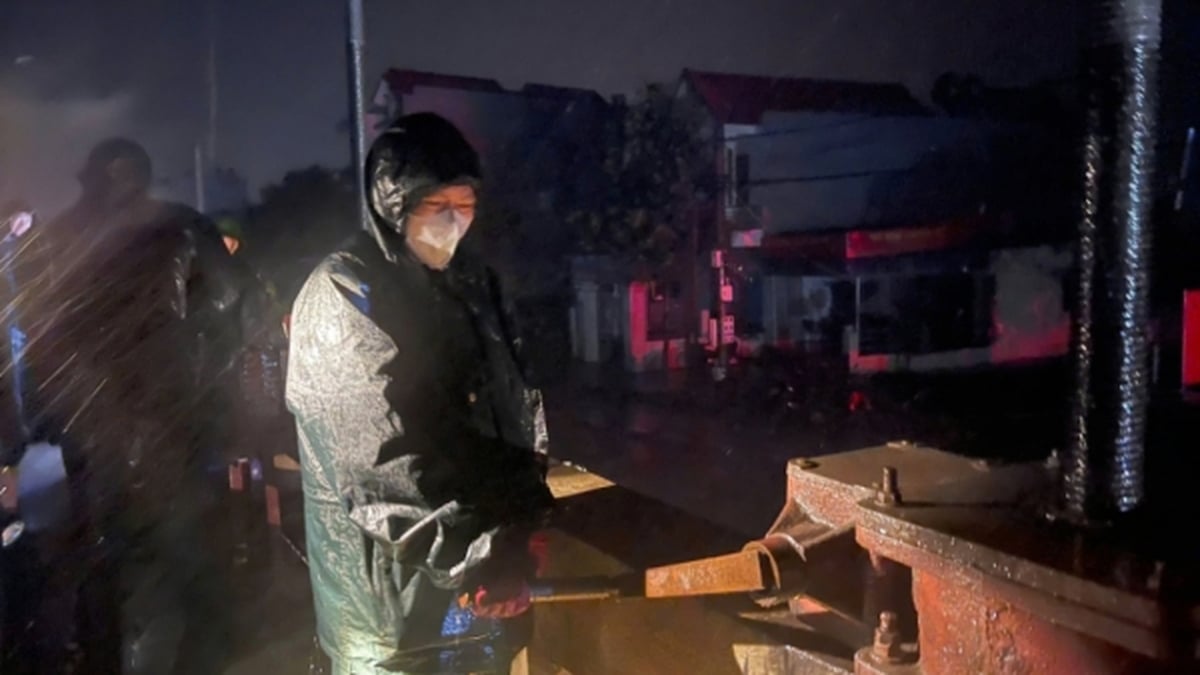
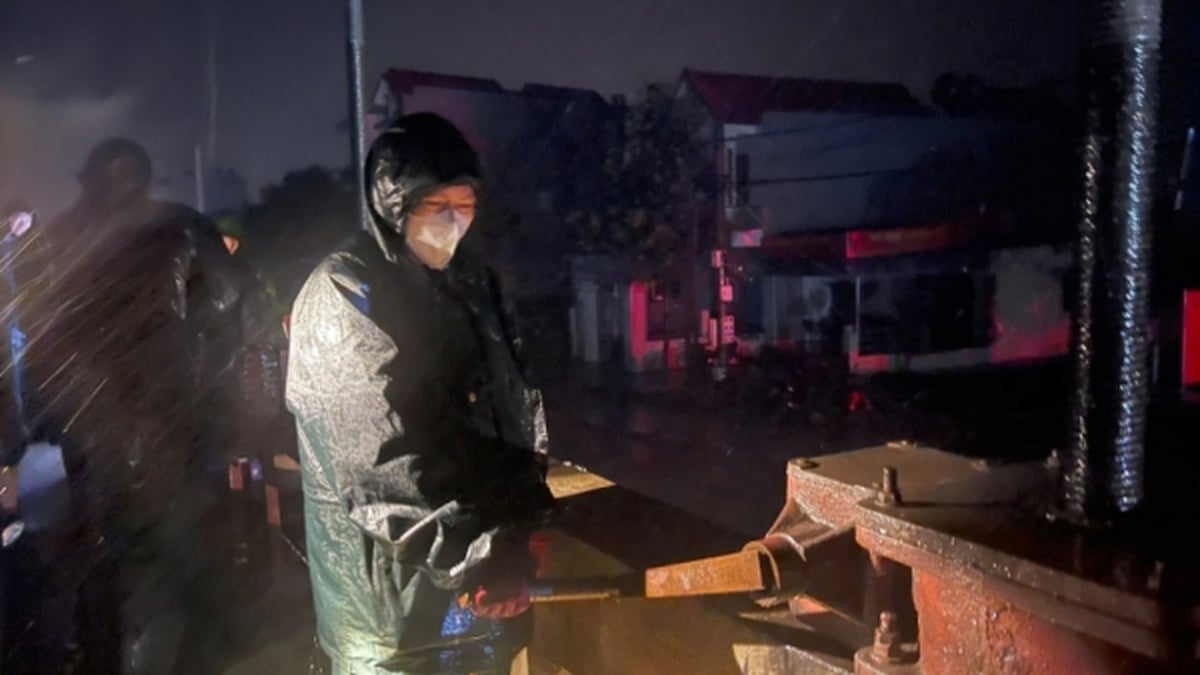














![[Photo] National Assembly Chairman Tran Thanh Man visits Vietnamese Heroic Mother Ta Thi Tran](https://vphoto.vietnam.vn/thumb/1200x675/vietnam/resource/IMAGE/2025/7/20/765c0bd057dd44ad83ab89fe0255b783)












































































Comment (0)